Every October 31st, people around the world dress up in costumes, carve pumpkins, and go trick-or-treating in celebration of Halloween. However, have you ever wondered where Halloween traditions come from? It has a fascinating history that dates back centuries and is rooted in ancient festivals, religious influences, and cultural evolution. Let’s dive into the story of Halloween and see how it transformed from a Celtic festival into the modern, spooky holiday we know today.
s The Origins of Halloween: The Celtic Festival of Samhain
Halloween traces its roots back over 2,000 years to the ancient Celtic festival of Samhain (pronounced “sow-in”), celebrated by the Celts in what is now Ireland, the United Kingdom, and northern France. Samhain marked the end of the harvest season and the beginning of winter, a time often associated with death. Celts believed that on the night of October 31st, the boundary between the living and the dead was blurred. This blurring allowed spirits to cross into the world of the living.

To ward off these spirits, the Celts would light large bonfires and wear costumes made from animal skins to disguise themselves and avoid being recognized by wandering ghosts. They would also offer food and sacrifices to the spirits in hopes of ensuring a good harvest in the coming year.
The Influence of Christianity on Halloween
As Christianity spread throughout the Celtic regions, the church attempted to replace pagan festivals with Christian holidays. In the 8th century, Pope Gregory III designated November 1st as All Saints’ Day, also known as All Hallows’ Day, to honor saints and martyrs. The night before, October 31st, became known as All Hallows’ Eve, which eventually evolved into Halloween.
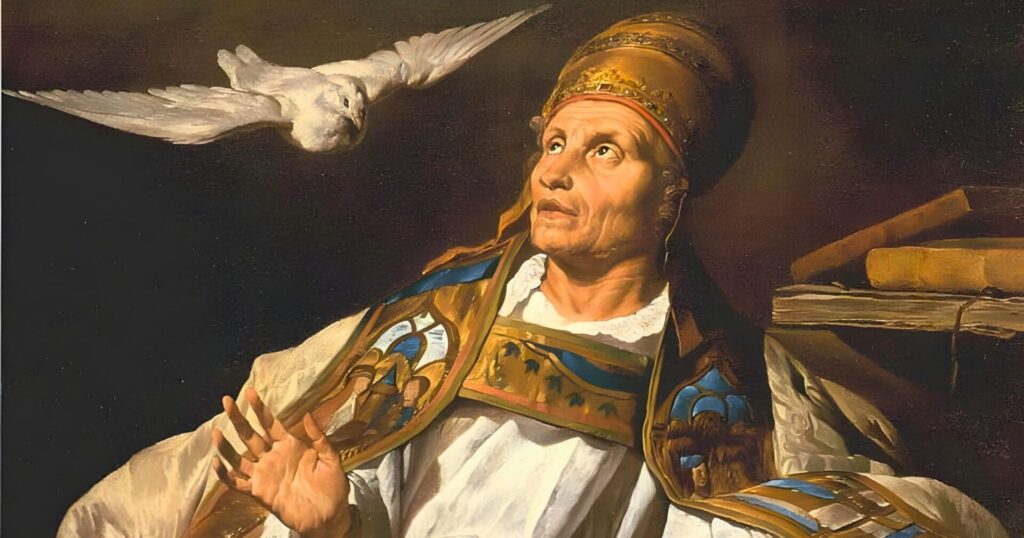
This merging of traditions led to a blend of Celtic and Christian customs. While Samhain was about warding off spirits, All Saints’ Day was about honoring the dead. Over time, it evolved to include elements of both. This resulted in a unique holiday that incorporated both religious and cultural traditions.
How Halloween Came to America?
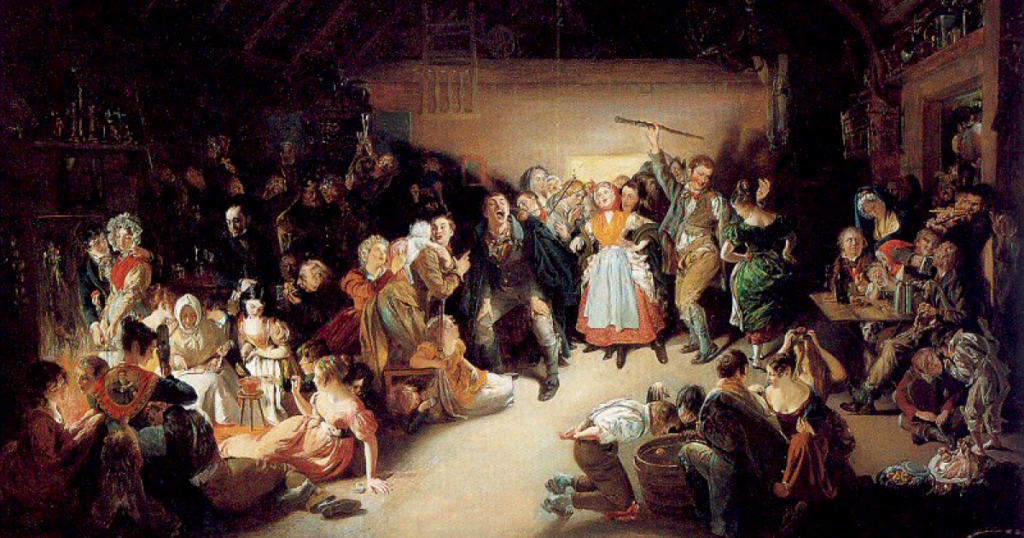
It made its way to North America in the 19th century, brought by Irish and Scottish immigrants who celebrated Samhain and All Hallows’ Eve. In the United States. This mixing led to the rise of Halloween as a community-centered holiday. By the early 20th century, Halloween celebrations included parades, parties, and community gatherings, moving away from the supernatural aspects of the holiday.
Trick-or-Treating
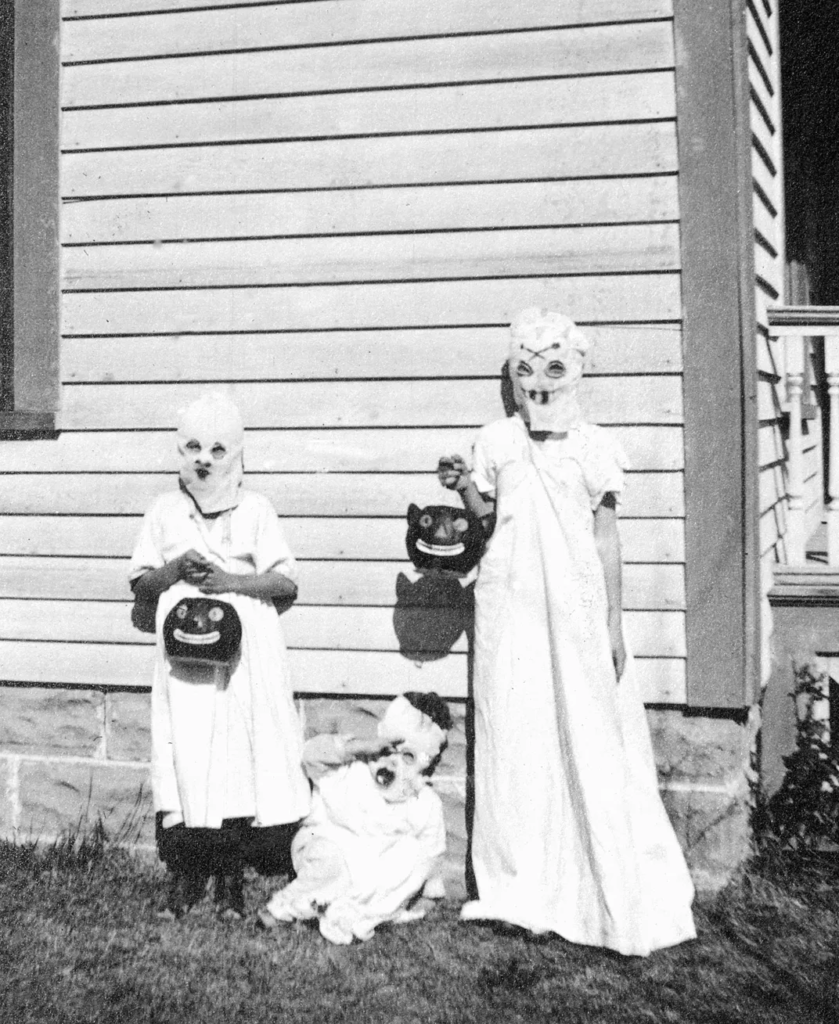
The custom of trick-or-treating became popular in America in the early 20th century, inspired by European traditions of “souling” and “guising.” In souling, people would go door-to-door asking for food in exchange for prayers for the deceased. In guising, children would dress up in costumes and ask for treats in return for reciting poems or singing songs. These traditions merged in the U.S. to become the Halloween activity we know today, where children go door-to-door in costume asking for candy with the phrase “trick or treat!”
The Rise of Halloween Decorations and Jack-o’-Lanterns
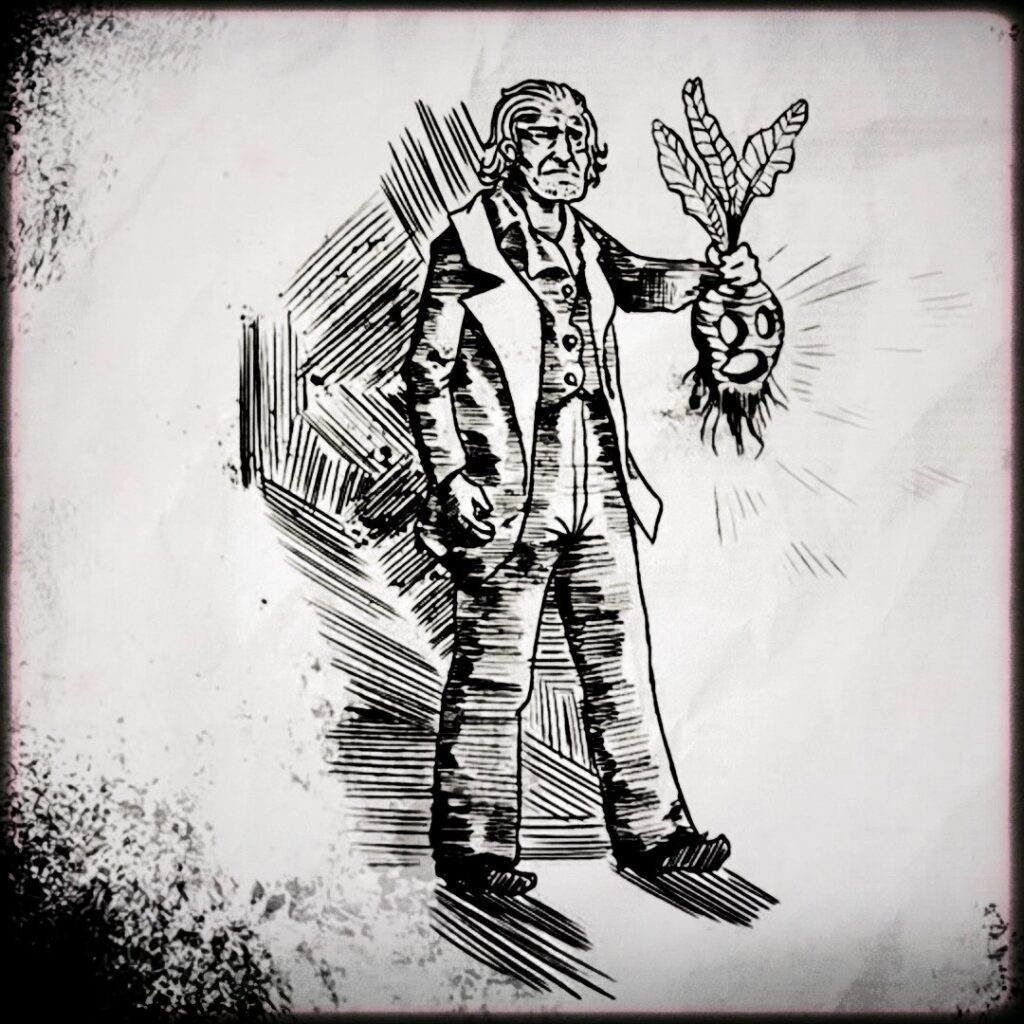
One of the most iconic symbols of Halloween is the jack-o’-lantern. The tradition of carving pumpkins originated from an Irish folktale about a man named “Stingy Jack”. According to the tale, he tricked the Devil and was doomed to wander the Earth. In the original Irish tradition, people would carve faces into turnips and potatoes and place them in windows to ward off evil spirits. When Irish immigrants brought the tradition to America, they found that pumpkins, native to North America, were larger and easier to carve. Thus, this gave rise to the pumpkin jack-o’-lanterns we use today.
Halloween Decorations and Haunted Houses
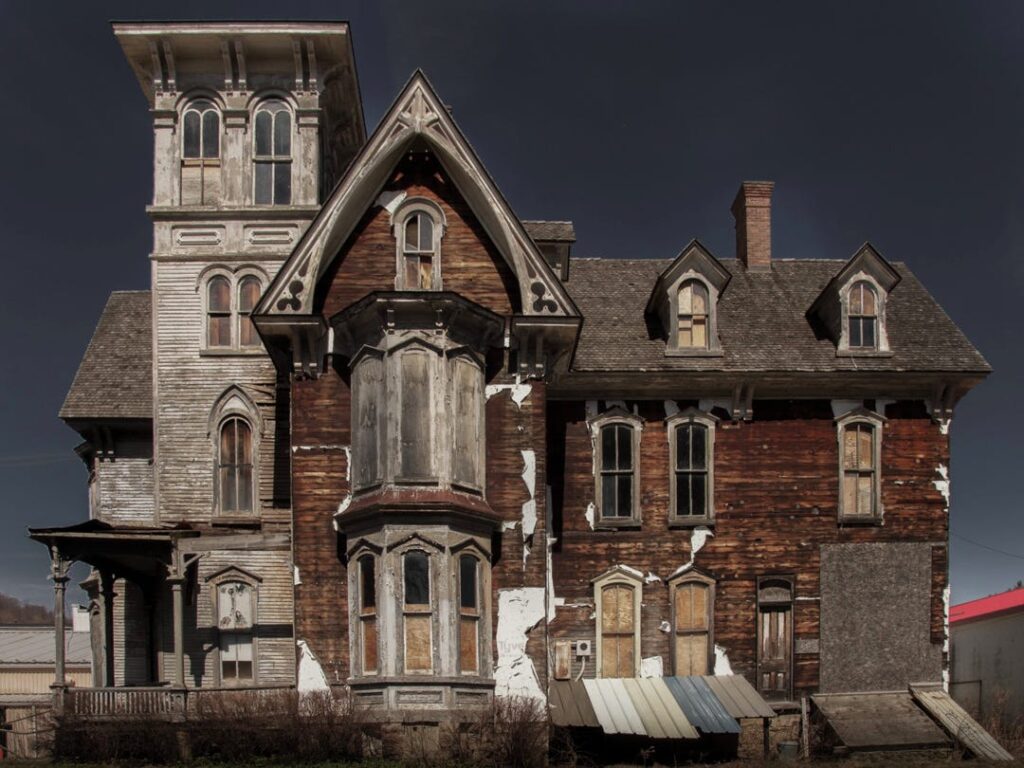
By the 20th century, Halloween decorations began to include ghostly figures, skeletons, and cobwebs, creating a spooky atmosphere. Haunted houses became a popular Halloween attraction in the United States during the 1960s, adding a thrill factor to the holiday. Today, Halloween is one of the biggest holidays for decorations. Americans spend billions each year on transforming their homes into spooky spaces.
Halloween as a Global Celebration
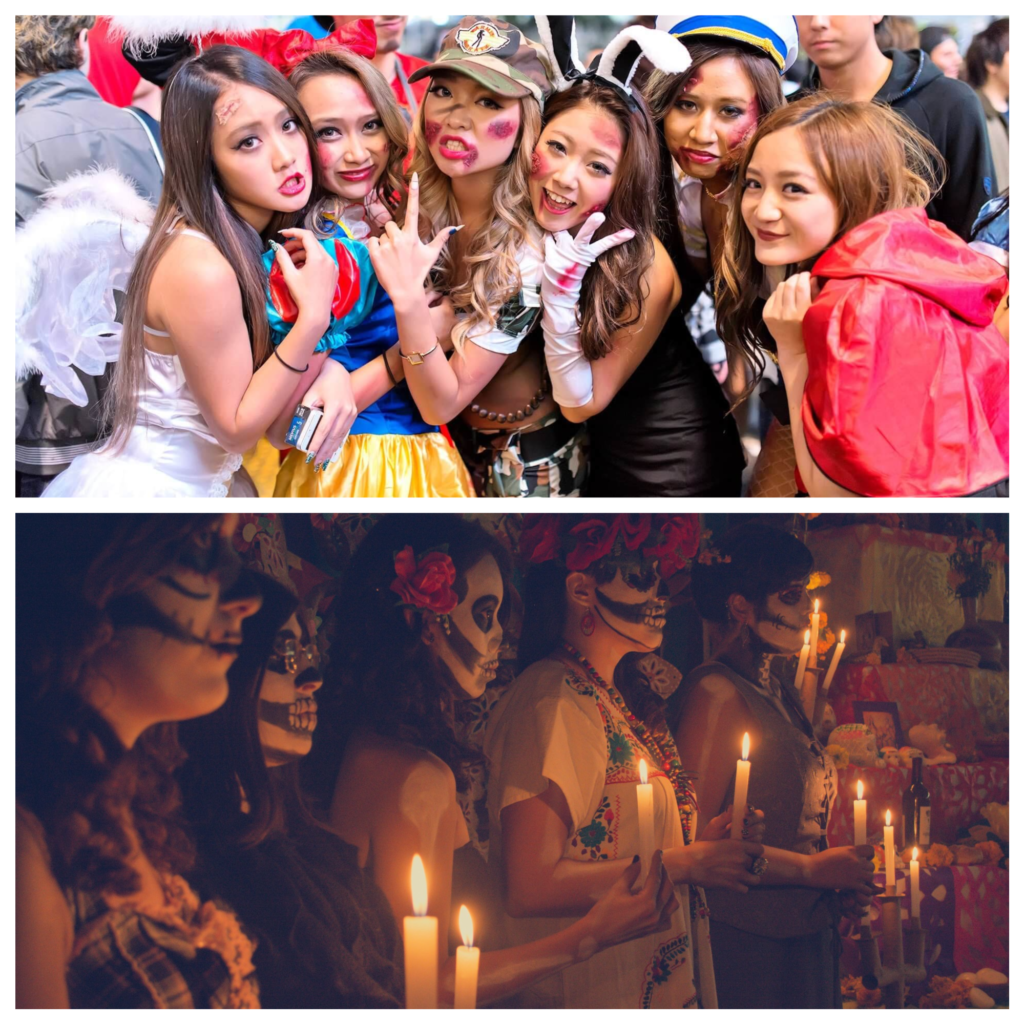
Although Halloween began as a Celtic festival and was popularized in the United States, it has now become a global holiday. Countries around the world, including Canada, the UK, Japan, and Australia, have embraced Halloween. They have also incorporated it into their own cultures. In Japan, for example, Halloween has become a major event with massive costume parties and parades, while in Mexico, it overlaps with Día de los Muertos (Day of the Dead), a holiday to honor deceased loved ones. In Germany, people hide their knives on Halloween night to prevent ghosts from causing harm.
Interesting Facts About Halloween
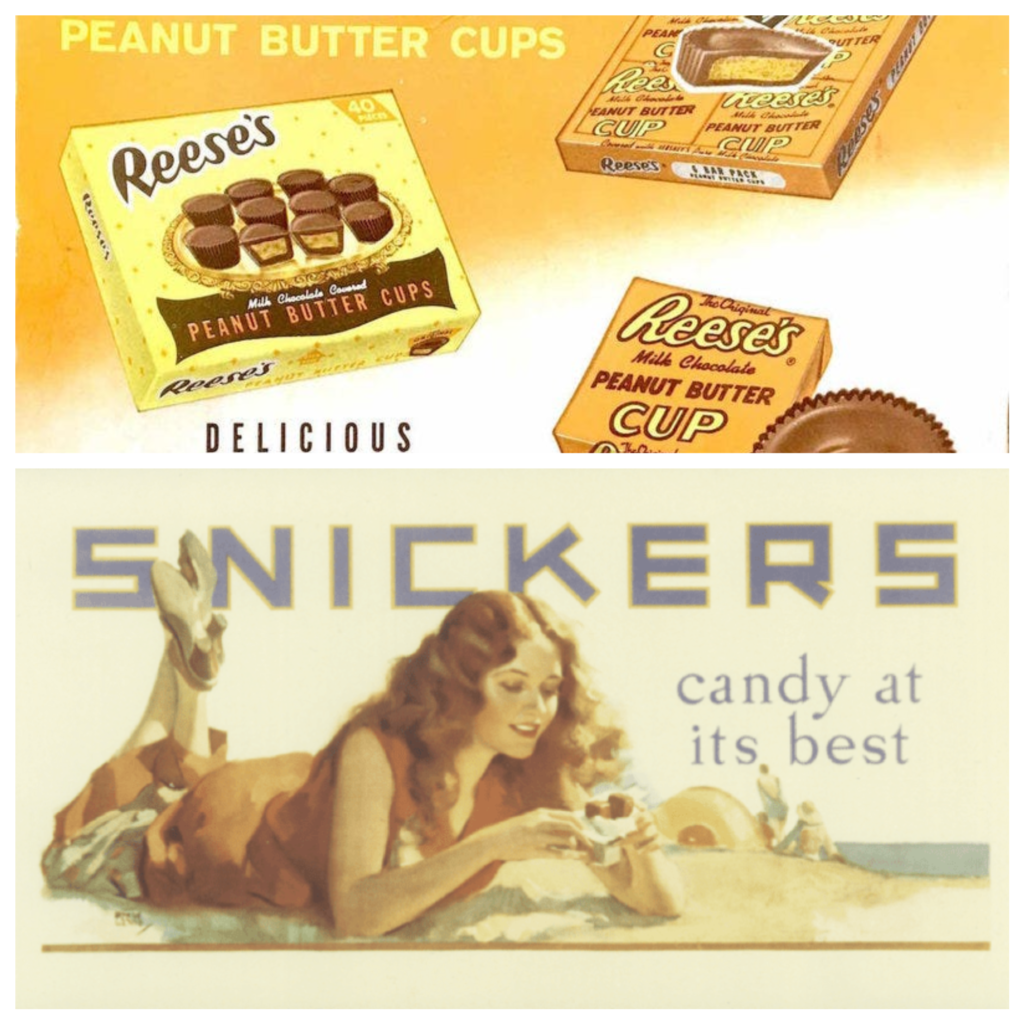

- Second Most Commercial Holiday: It is the second-largest commercial holiday in the United States, with Americans spending billions on costumes, decorations, and candy each year.
- The Most Popular Candy: In the U.S., Reese’s Peanut Butter Cups and Snickers are among the top favorite Halloween candies.
- Haunted Houses and Attractions: It has inspired a multi-million dollar haunted attraction industry. Every October, people flock to haunted houses, mazes, and hayrides for a thrilling scare.
- Pumpkin Carving Contest: Many towns hold pumpkin-carving contests, and the world record for the most lit jack-o’-lanterns displayed at one time was set in Keene, New Hampshire, with 30,581 pumpkins!
- Hollywood and Halloween: The popularity of horror movies like Halloween, Scream, and The Exorcist has helped reinforce the association between Halloween and all things spooky.
Halloween has come a long way from its origins as the Celtic festival of Samhain to the fun-filled celebration it is today. With its mix of ancient traditions, Christian influences, and modern American customs, it has become a global holiday. It invites people to embrace creativity, spookiness, and community spirit. Whether you are carving a pumpkin, dressing up in costume, or handing out candy, it is a night filled with mystery and excitement for all ages.
Therefore, the next time you dress up or light a jack-o’-lantern, remember the rich history behind this beloved holiday!



